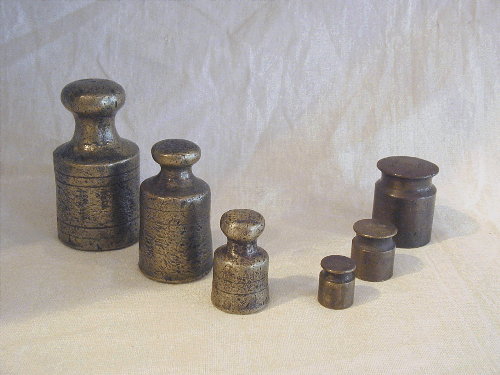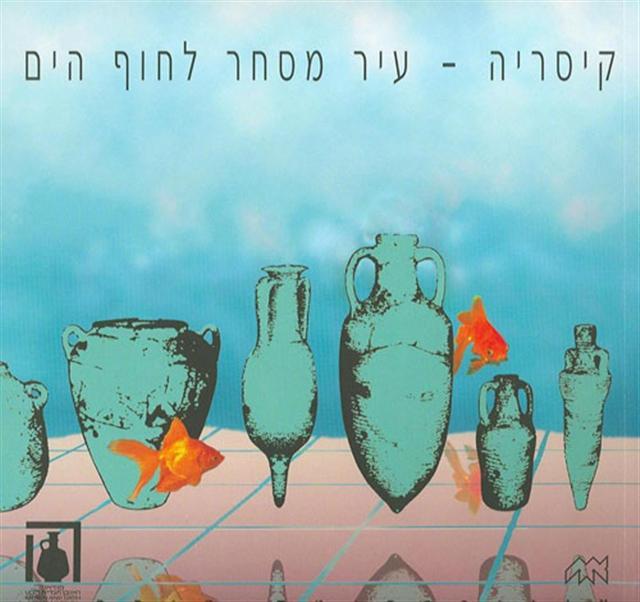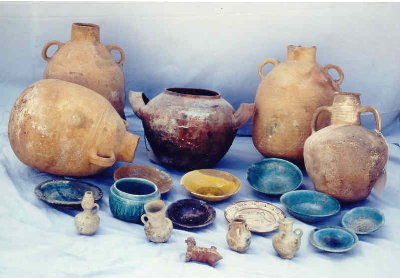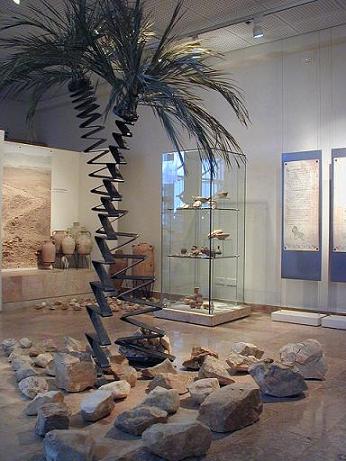Hoards and Genizot as Chapters in History
Exhibition Curator: Ofra Guri-Rimon
Archaeology is among the fields of research that tends to interest many, in part due to natural curiosity about human history. Moreover, the idea of ruins of ancient cultures buried underground and the possibility of discovering treasures hidden in the distant past have created an aura of romance and adventure around archaeology that has inspired authors and filmmakers. The antiquities laws are intended to restrain treasure seekers, whose rummaging in ancient sites causes irreversible damage to archaeology research, since looted hoards – even if they are subsequently confiscated by the authorities – lose their archaeological context, and consequently they cannot contribute to our understanding of archaeological or historical issues.
An archaeologist who discovers a hoard has to consider several issues: To whom did the hoard belong? Was it privately or publicly owned? Why was it hidden? Was it valuable property whose owners chose to hide it from others’ eyes in the same way as we would use a safe today, or was it hidden in a time of insecurity and uncertainty about the future, when individuals and communities increasingly felt the need to hide their valuable possessions? What information does the hoard provide on the economy of the period, commercial ties and cultural influences?










